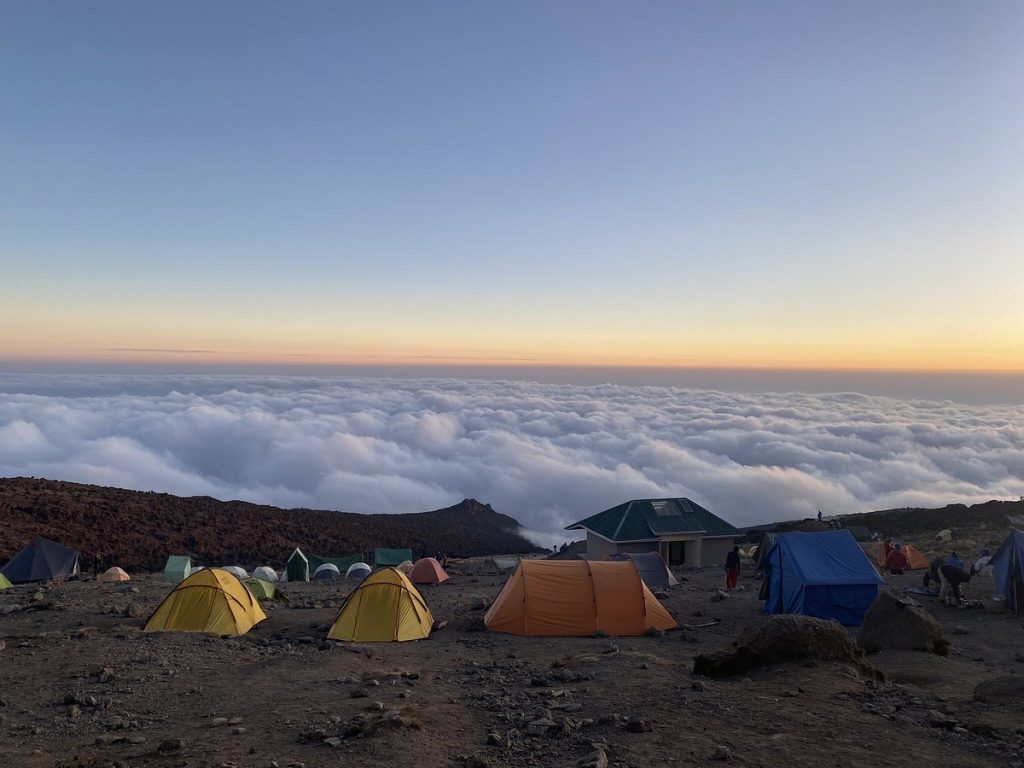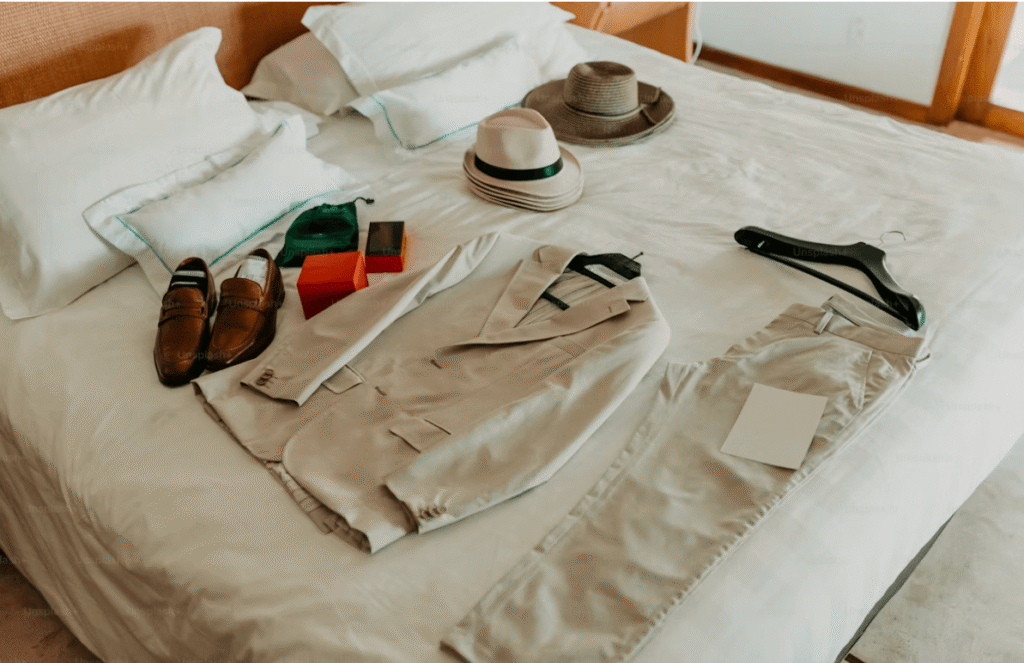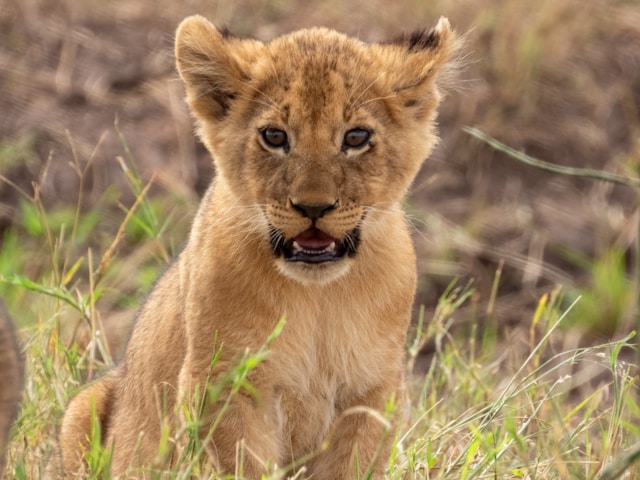Known to all as the “cradle of mankind”, Kenya is a destination full of adventures that you can’t miss. Have you ever imagined feeling like Tarzan in his jungle? Well, in this place full of amazing and exotic flora and fauna you will experience it.
Introduction to a trip to Kenya
Imagine traversing the sprawling jungle on safari or hiking in the mountains on Mount Kenya. If you want to enjoy this and more, you should not miss out on getting to know Kenya through Africa Safari. Below we will tell you everything you need to know about the place to make your trip the best.
Geographical location of Kenya
Kenya is an East African country, bordering Ethiopia, Somalia, Sudan, Tanzania, Uganda, and the Indian Ocean. Mount Kenya, which gives the country its name, is located in the centre of the territory, north of Nairobi, and is the highest peak in the region and the second highest in Africa, after Kilimanjaro. Kenya has an area of 582,650 square kilometers, of which 536 square kilometers belong to its Indian Ocean coasts.
Travel Safety to Kenya
If you traveling through the coastal area of Kenya, whether it is Mombasa, Malindi or Lamu, it is advisable to tread with caution. Like any part of the country, it is not advisable to walk alone in the streets at night, and if possible avoid carrying valuables (you can leave these in the safe of your hotel, they always have one in the room). It’s best not to trust people posing as students, police, or guides, always ask for identification. In large cities it is preferable to travel in individual taxis. Matatu or minibuses on public transport are always crowded and offer you little security. Don’t take any chances!
If you decide to go on a safari, don’t worry, tourists will always be accompanied by professional guides. In the same way, it is recommended to wear sandals for the paths in corals, in this way you will protect yourself from stonefish and dragonfish, since the bite of them could be dangerous and poisonous.
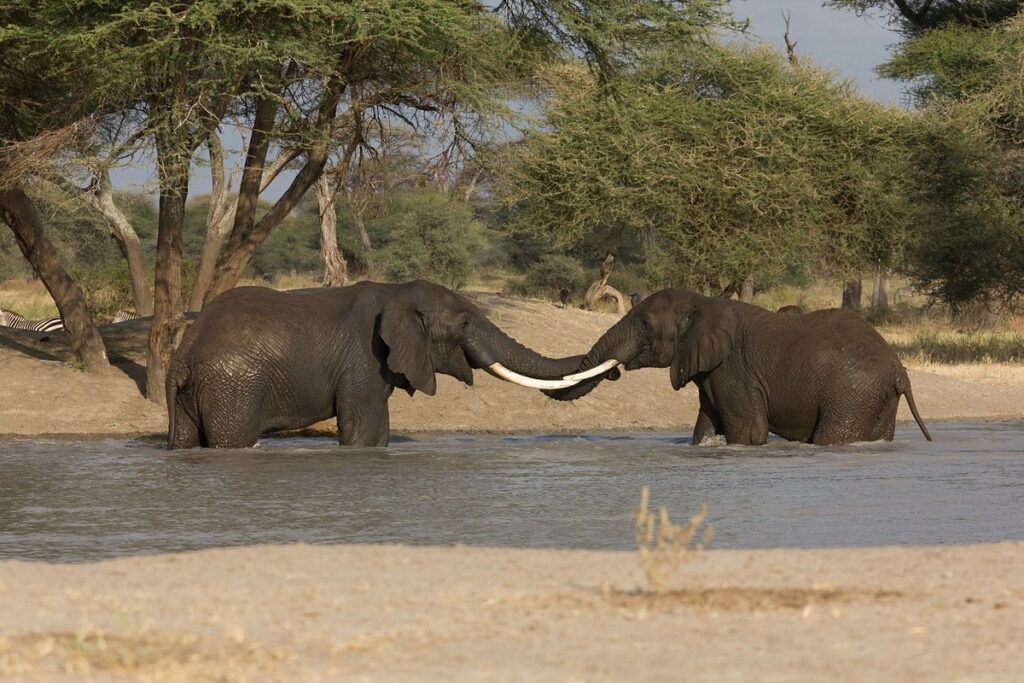
Climate. When is the best time for a trip to Kenya?
In Kenya, the climate is generally humid-tropical, although it tends to be more tropical on the coast and more arid inland. The rains fall throughout the year, but especially in the month of April. Temperatures range from 14 degrees to 30 degrees; However, in some inland cities the maximum temperature reaches 40 degrees. Therefore, when packing, it is best to bring all kinds of clothes; short-sleeved and long-sleeved, sunglasses and hat. Definitely what should not be missing in any way is a mosquito repellent.
Why is it interesting to visit Kenya?
-
Main historical facts
Kenya was inhabited more than twenty million years ago by protohumans, later Homo habilis and Homo erectus appeared in the area more than 2.6 million years ago.
In 600 B.C.E., a maritime expedition arrived on the coast of Kenya, sent by the last pharaoh of Egypt, Nacheus. Years later, the first Arab traders began to frequent the coasts of Kenya and settled in the area creating Arab and Persian colonies. Then Nilotic and Bantu peoples migrated to the region. Swahili culture appears, a mixture between Arab and African cultures.
In 1468, the Portuguese navigator Vasco da Gama arrived in the area and questioned the Arab predominance on the coast, but in 1720, the Arabs expelled the Portuguese from Kenya after the siege of the Fort of Jesus in Mombasa. In 1885, Kenya’s colonial history begins with the protectorate of the Germans, followed by the arrival of the British in 1888.
In the second decade of the 20th century, the first demands for independence were made. Politician Jomo Kenyatta, who comes from the Kikuyu tribe, becomes the main precursor of independence. From 1952 to 1959, Kenya became a violent territory as there were constant rebellions against British rule. That same year, Kenyatta was sentenced to seven years in prison, which provoked further revolts organized by the Mau Mau guerrillas.
In 1963, Kenya gained its independence and was governed by Kenyatta. After Kenyatta’s death in 1978, Daniel Arap Moi succeeded him as president. In 1982 there was a failed coup attempt and it was from that moment that Moi banned opposition parties and declared a one-party regime. Ten years later, the first free elections are held, triggering a new conflict between the ethnic groups and leaving nearly 2,000 dead.
Arap Moi wins the election. In 2002, Mwai Kibaki won the elections and continues to rule the country until 2013 when Uhuru Kenyatta son of Jomo Kenyatta took the state house and later in 2022 he head over the power to William Ruto to this day.
-
Main destinations and monuments
A trip to Kenya is like feeling like you’re at the beginning of life, hence its qualification as the “Cradle of Humanity”. Living surrounded by nature, with beautiful Zanzibares and landscapes, amazing animals and many things to discover. For those who like adventure, Kenya is the place to be. Taking part in a safari can cost between 200 and 300 usd per day which is worth investing for all the wonders you will appreciate.
Going to Kenya without going on safari is like visiting Cusco in Peru and not going to Machu Picchu, visiting Egypt and not going to the Pyramids of Giza, or Sao Paulo without seeing the Corcovado Christ. Unthinkable! Go ahead and feel like the King of the Jungle! You’ll be amazed by the lakes of the Rift Valley and the plains of Tsavo.
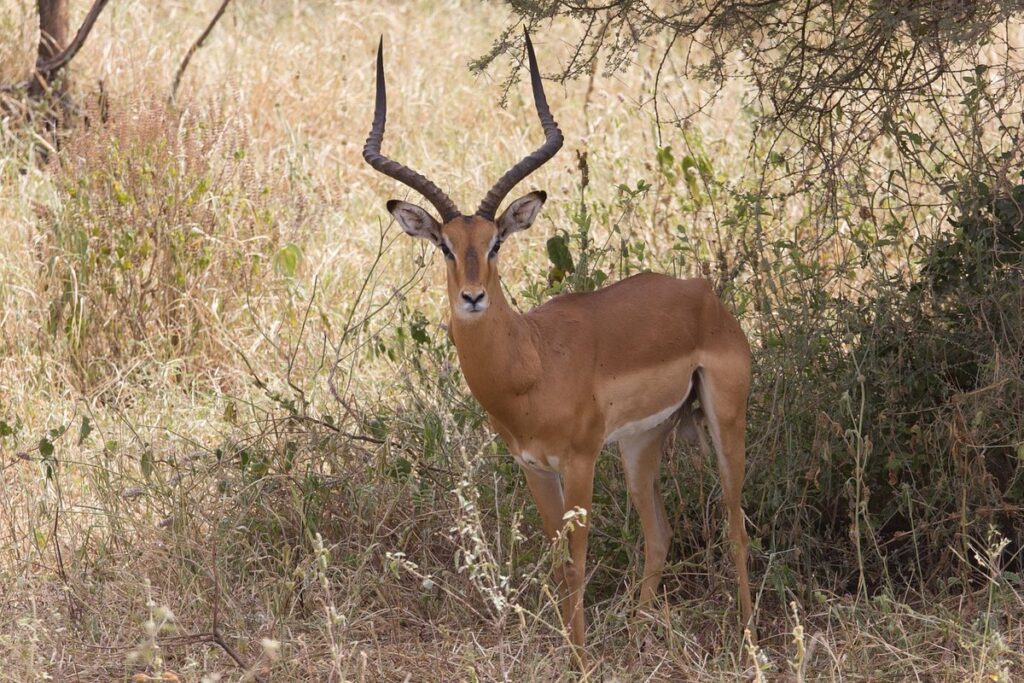
-
Culture, Religion and Society
Kenya has a dense population of 53,707,817 people, all of whom belong to different ethnicities. 22% of the population belongs to the Kikuyu culture, while the remaining 78% is divided between the Luhya, Luo, Kalenjin, Kamba, Kisii, Meru ethnic groups, and foreign citizens. These multiple ethnicity have coexisted peacefully until colonization, deciding to collaborate with each other instead of being enemies. Each ethnic group preserves its particular traditions, especially in the countryside where barter is still practiced today.
Did you know that women are still being circumcised? Yes, tribes such as the Kikuyu practice the removal of organs from the body by surgical operation, especially in the genital areas. During the trip to Kenya you can communicate in English or if you know how to speak Swahili better, although it’s a bit difficult, isn’t it? In addition to these two languages, a number of dialects are spoken in the country.
In terms of religion, 38 per cent are Protestants, 28 per cent are Catholics, 27 per cent profess local religions and 7 per cent are Muslims. It is advisable for women to cover their arms and back with a shawl on the coast where the Muslim population lives.
Useful data: Currency, budget, language, and more
You will need a visa if you want to know and enjoy all that Kenya has for you, even though the President Ruto announces from January 2024 that tourist need no visa to enter the country but still many find it hectic. All adventurous tourists who wish to enjoy all that Kenya has to offer must have a visa, unless they are coming from the United Kingdom, Germany, Denmark, Spain, Ireland, Italy, Norway, South Africa, and Sweden.
If you don’t mind sharing the sinks and shower with other guests, you can find very reasonably priced accommodations throughout the territory. These usually cost between 20 and 30 usd per day. For other types of accommodation, the figure will have to be doubled.
Regarding money, it is better to bring it in cash, credit cards are not widely used in Kenya. To exchange currency you will have no problem, the exchange offices are very accessible and do not charge commission.
Before traveling, it will be essential to get vaccinated against yellow fever. It is also advisable to do this against malaria, typhus, and tetanus.

